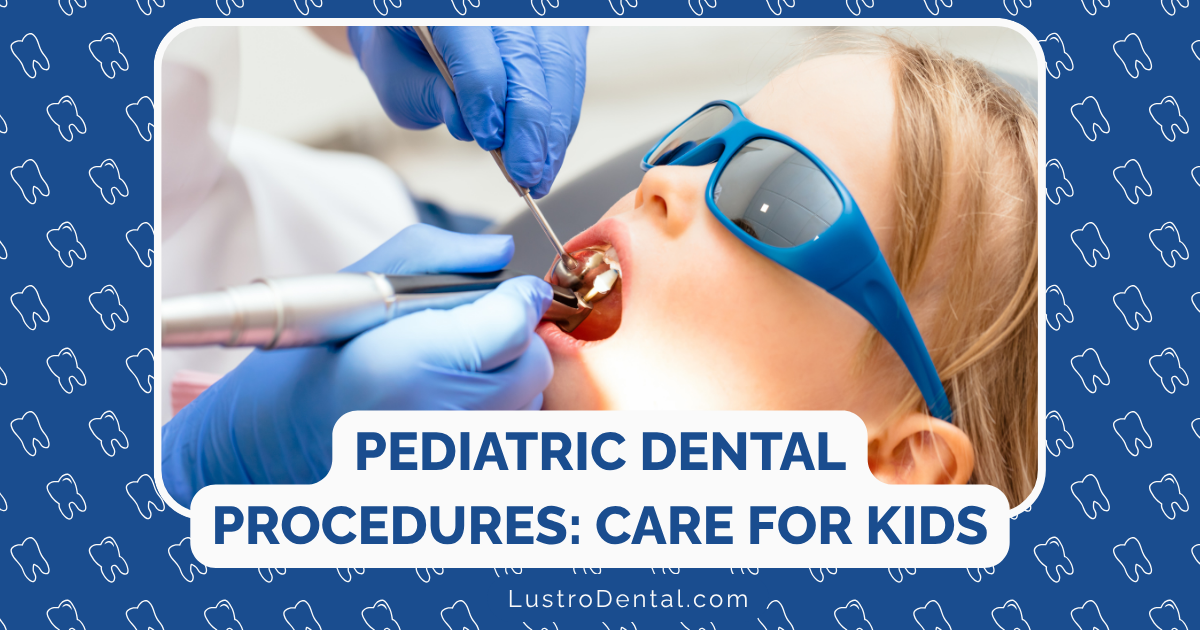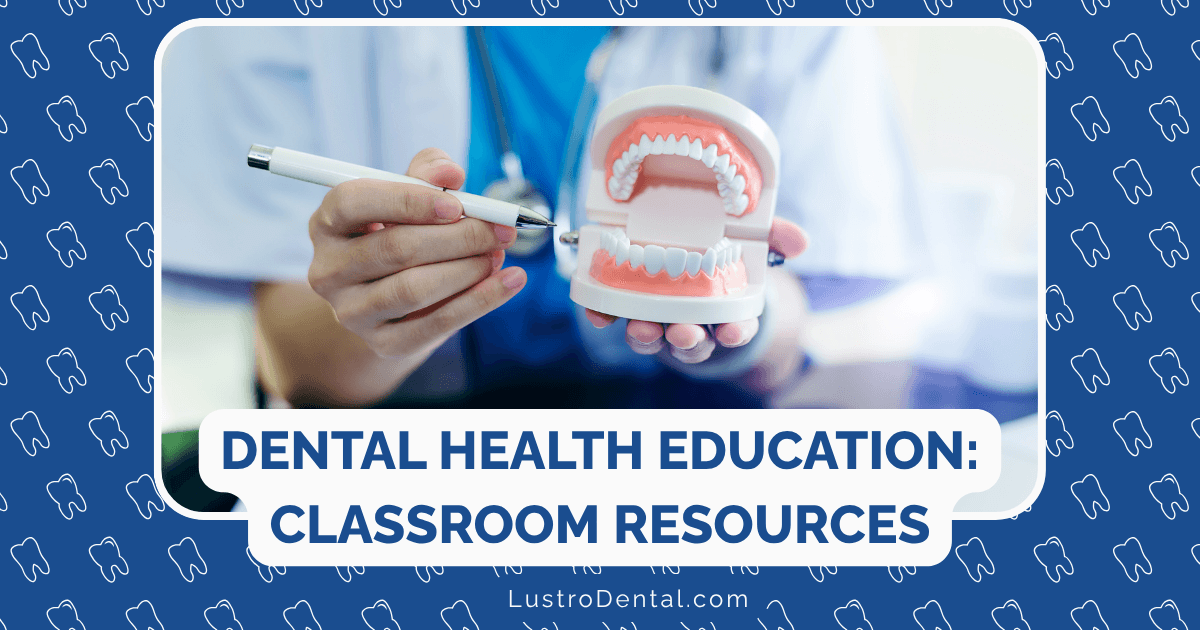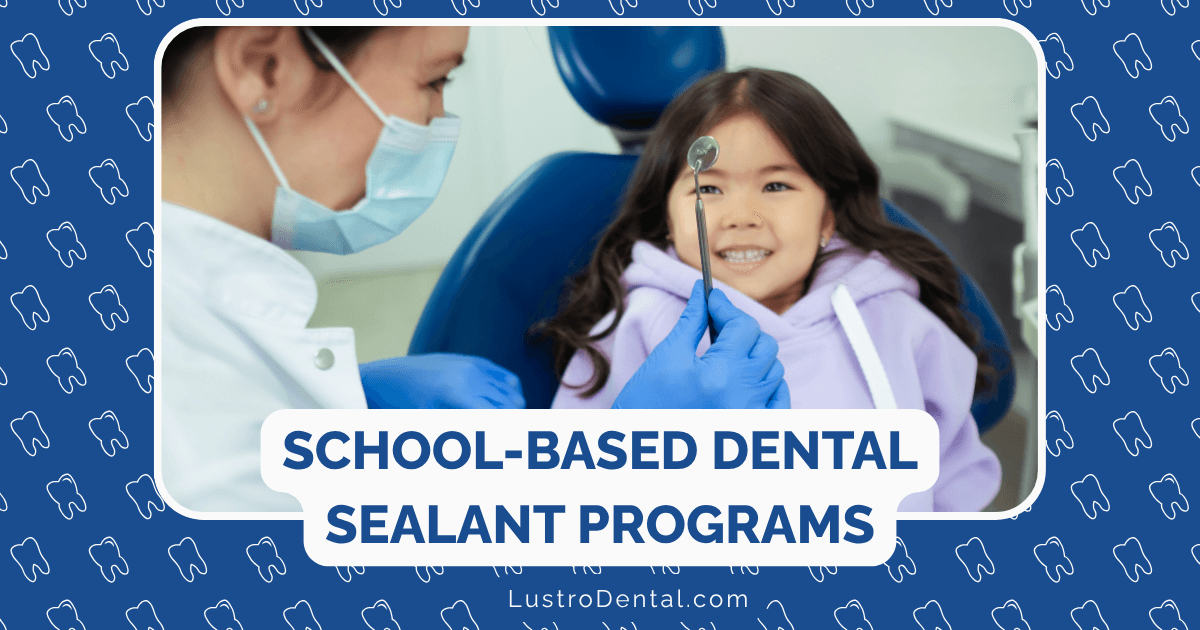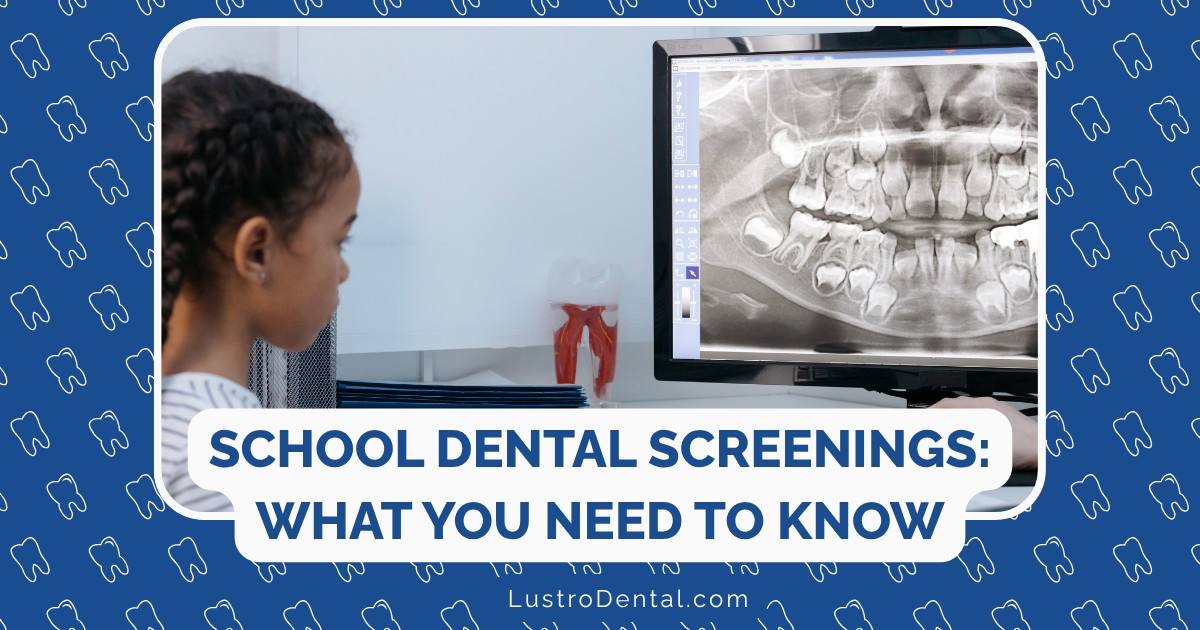Kid-Friendly Dental Treatments: How They Differ from Adult Procedures

When it comes to dental care, children aren’t simply “small adults.” Their unique developmental needs, psychology, and even the structure of their teeth require specialized approaches that differ significantly from adult dental procedures.
As someone passionate about dental health education, I’ve seen how understanding these differences can transform a child’s dental experience from potentially frightening to positive and empowering. This knowledge also helps parents better prepare their children and set appropriate expectations for dental visits.
Let’s explore the key ways pediatric dental procedures differ from adult procedures and why these differences matter for your child’s immediate comfort and long-term dental health.
The Philosophical Difference: Prevention vs. Maintenance
The most fundamental difference between pediatric and adult dentistry lies in their primary focus:
Pediatric Dentistry: Building a Foundation
Pediatric dentistry emphasizes prevention and development. The goal is to establish healthy teeth and good oral habits that will last a lifetime. This means:
- More emphasis on education and habit formation
- Focus on protecting developing teeth and guiding proper growth
- Monitoring developmental milestones
- Preventing problems before they start
Dr. Sarah Johnson of the American Academy of Pediatric Dentistry explains: “With children, we’re not just treating teeth—we’re guiding the development of the entire oral cavity while helping establish habits that will protect their dental health for decades to come.”
Adult Dentistry: Preservation and Restoration
Adult dentistry, by contrast, focuses more on maintenance and restoration. Adults typically need:
- Repair of accumulated damage
- Management of wear and tear
- Treatment of gum disease
- Replacement of missing teeth
- Cosmetic improvements
This fundamental difference in philosophy shapes everything from the office environment to the specific procedures performed.
Specialized Behavior Management Techniques
Perhaps the most visible difference in pediatric dentistry is the array of specialized techniques used to help children feel comfortable and cooperative during treatment.
Tell-Show-Do
This cornerstone technique involves:
- Tell: Explaining a procedure in child-friendly language
- Show: Demonstrating the procedure, often on a model or stuffed animal
- Do: Performing the actual procedure
This approach builds trust and reduces anxiety by eliminating the fear of the unknown. Adult procedures typically involve less demonstration and more direct explanation.
Positive Reinforcement
Pediatric dentists use specific, immediate praise to reinforce cooperative behavior:
- Verbal praise (“Great job holding your mouth open!”)
- Small rewards like stickers or prizes
- Positive body language and tone
While adults certainly appreciate positive feedback too, the systematic use of reinforcement is much more pronounced in pediatric settings.
Voice Control
Pediatric dentists are trained to use voice modulation—changing tone, volume, and pace—to gain attention, establish authority, or calm an anxious child. This technique is rarely used with adults, who might find it condescending rather than reassuring.
Distraction Techniques
Children benefit enormously from distraction during dental procedures:
- Ceiling-mounted TVs or tablets
- Storytelling during treatment
- Counting games or singing
- Squeeze toys or fidget objects
According to research published in the Journal of Dental Anesthesia and Pain Medicine, effective distraction can significantly reduce anxiety and perceived pain during pediatric dental procedures.
Child-Specific Sedation Approaches
When behavior management techniques aren’t sufficient, pediatric dentistry offers sedation options specifically tailored to children’s needs and safety.
Nitrous Oxide (“Laughing Gas”)
While used for both children and adults, the administration differs:
- For children: Lower concentrations (typically 30-50%), often with more colorful nasal masks and child-friendly explanations (“silly air” or “superhero air”)
- For adults: May use higher concentrations with less emphasis on the experience itself
Oral Conscious Sedation
Pediatric dentists often use oral medications to help anxious children relax:
- Dosing is weight-based and extremely precise
- Monitoring protocols are more intensive for children
- Recovery guidelines are tailored to children’s needs
Dr. Michael Chen, pediatric dental anesthesiologist at Children’s Dental Health Associates, notes: “Children metabolize medications differently than adults, and their airways have anatomical differences that require specialized training to manage safely during sedation.”
General Anesthesia Considerations
When general anesthesia is necessary, the approach differs:
- More likely to be performed in a hospital setting for young children
- Different medication protocols based on physical development
- Special recovery monitoring for pediatric patients
Child-Friendly Equipment and Materials
The tools and materials used in pediatric dentistry are specifically designed for smaller mouths and developing teeth.
Scaled-Down Equipment
- Smaller dental chairs with more supportive features
- Child-sized x-ray films and sensors
- Smaller handpieces (drills) that make less noise
- Specialized mouth props designed for children
Kid-Friendly Materials
- Flavored polishing pastes (strawberry, bubble gum, etc.)
- Colored or flavored fluoride treatments
- Smaller, more flexible dental dams
- Child-appropriate suction tips
These adaptations aren’t just about physical comfort—they help reduce anxiety by making the experience more approachable and less intimidating.
Preventive Treatments More Common in Pediatric Dentistry
Several preventive treatments are much more common in pediatric dentistry than adult practice:
Dental Sealants
While occasionally used for adults, dental sealants are a standard preventive measure for children:
- Applied to permanent molars soon after eruption
- Help prevent decay in deep grooves and pits
- Particularly important during cavity-prone years (ages 6-14)
Fluoride Treatments
Although beneficial for all ages, professional fluoride treatments are:
- Applied more frequently for children (often at every 6-month visit)
- Sometimes used in higher concentrations for adults
- More likely to be covered by insurance for children
Space Maintainers
These appliances, used exclusively in pediatric dentistry, help:
- Preserve space when baby teeth are lost prematurely
- Guide permanent teeth into proper position
- Prevent future orthodontic complications
Communication Differences
The way dental professionals communicate with patients differs dramatically between pediatric and adult settings.
Child-Appropriate Language
Pediatric dentists use:
- Simple, non-threatening terms (“sugar bugs” instead of “bacteria”)
- Positive phrasing (“We’re going to count your teeth” rather than “We need to check for cavities”)
- Age-appropriate explanations tailored to developmental level
Dr. Lisa Williams of Pediatric Dental Specialists explains: “We develop an entirely different vocabulary for working with children. Terms that seem harmless to adults, like ‘drill’ or ‘shot,’ can create unnecessary fear in children.”
Visual Communication
Children often benefit from:
- More demonstrations and visual aids
- Picture books explaining procedures
- Show-and-tell with instruments
- Visual timers to show how long procedures will take
The Environment: More Than Just Décor
The physical environment in pediatric dental offices is designed with psychological comfort in mind:
Pediatric Dental Offices
- Bright, colorful décor with themes appealing to children
- Play areas in waiting rooms
- Child-sized furniture
- Visual distractions in treatment rooms
- Prize or reward systems
Adult Dental Offices
- More subdued, professional atmosphere
- Focus on comfort and efficiency
- Reading materials rather than toys
- Less emphasis on distraction during procedures
These environmental differences aren’t superficial—research shows that child-friendly environments can significantly reduce dental anxiety and improve cooperation.
The Parent’s Role: Another Key Difference
The involvement of parents represents another significant difference:
In Pediatric Dentistry
- Parents may be invited into treatment rooms (policies vary)
- More education directed at parents about home care
- Guidance for parents on helping children develop good habits
- Three-way communication between dentist, child, and parent
In Adult Dentistry
- Patient autonomy is emphasized
- Communication is primarily between dentist and patient
- Less focus on habit formation and more on maintenance
Why These Differences Matter
These specialized approaches in pediatric dentistry aren’t just about making dental visits more pleasant—though that’s certainly important. They serve critical long-term purposes:
- Establishing positive dental attitudes that prevent future dental anxiety
- Building trust in dental professionals
- Creating a foundation of good habits that will last a lifetime
- Protecting developing teeth during crucial growth periods
- Identifying developmental issues early when intervention is most effective
Dr. James Wilson of the American Dental Association notes: “The experiences children have in the dental chair during their formative years often shape their willingness to seek dental care as adults. Specialized pediatric approaches help ensure those experiences build confidence rather than fear.”
Conclusion: Specialized Care for Special Patients
Children deserve dental approaches tailored to their unique developmental needs, psychology, and anatomy. The specialized techniques, equipment, and communication strategies used in pediatric dentistry aren’t just “extras”—they’re essential components of appropriate care that help set children up for a lifetime of good oral health.
Understanding these differences can help parents appreciate why pediatric dental specialists exist and the value they bring to children’s healthcare. It also helps set appropriate expectations for dental visits and supports parents in preparing their children effectively.
Whether your child sees a pediatric specialist or a family dentist with experience treating children, knowing about these child-specific approaches can help you advocate for a dental experience that meets your child’s unique needs.
Has your child had a positive experience with kid-friendly dental treatments? Share your story in the comments below!







